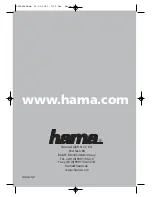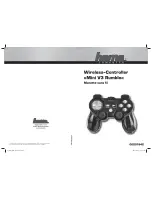
Series 810 Instruction Manual
Chapter 2 Installation
4.
Check the system's entire flow path thoroughly for leaks. (Do not
use liquid leak detectors. Instead, monitor pressure decay.
Exposing the transducer to leak detector fluid may damage the unit.)
VCO Fittings
1.
Position the transducer with the flow direction arrow pointing in the
direction of flow.
2.
Tighten the nut finger-tight, and then 1/4 turn tighter with a wrench.
Do not over-tighten!
3.
Check the system's entire flow path thoroughly for leaks. (Do not
use liquid leak detectors. Instead, monitor pressure decay.
Exposing the
transducer to leak detector fluid may damage the unit.)
VCR Fittings
1.
Position the transducer with the flow direction arrow pointing in the
direction of flow.
2.
Install new washers that are compatible with the gas to be used.
3.
Tighten the nut finger-tight, and then 1/4 turn tighter with a wrench. Do
not over-tighten!
4.
Check the system's entire flow path thoroughly for leaks. (Do not
use liquid leak detectors. Instead, monitor pressure decay.
Exposing the
transducer to leak detector fluid may damage the unit.)
1/4 inch Female NPT
(standard on nylon flow bodies
)
1.
Position the transducer with the flow direction arrow pointing in the
direction of flow.
2.
Use a good quality paste pipe thread sealant. Apply to the inlet and
outlet fittings.
3.
Tighten the fittings by hand. Then, tighten no more than 1 turn.
Caution! Do not over-tighten. Damage to the instrument may result
from
over-tightening fittings.
IM-81
2-3













































